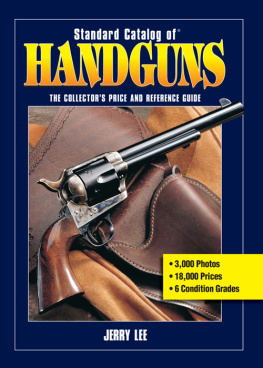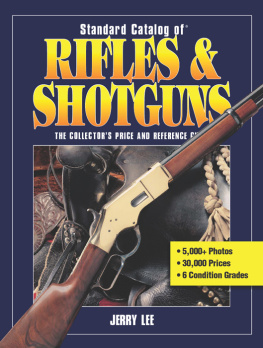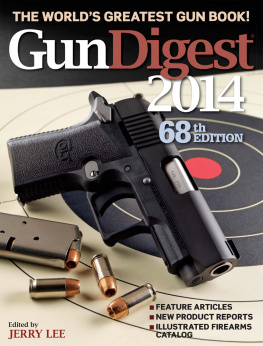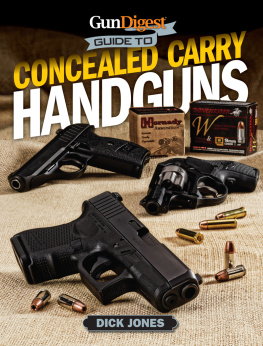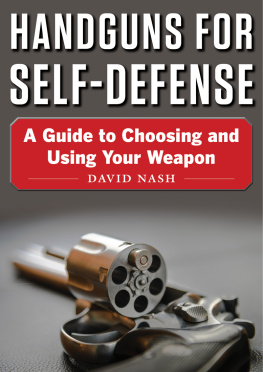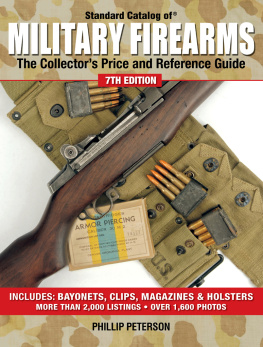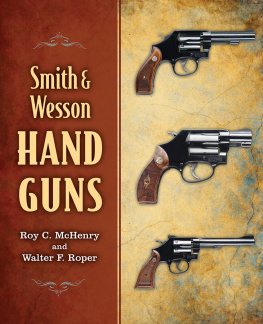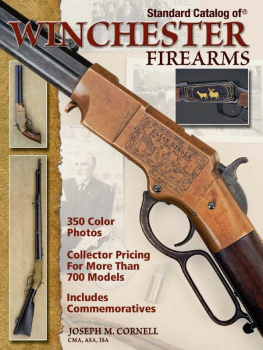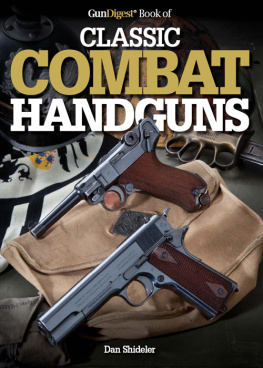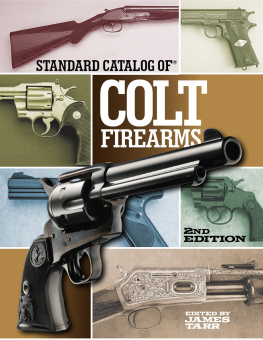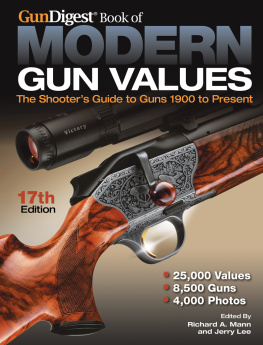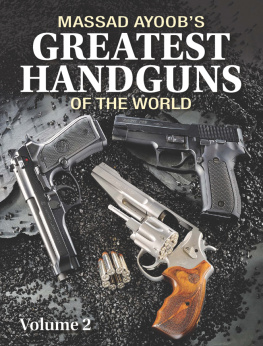Among the many resources used by the editors to determine trends in firearms values are the prices realized at recent auctions. These include the following auction houses, which are considered to be among the very best in the field of modern and antique firearms.
Amoskeag Auctions, 250 Commercial Street, Suite 3011, Manchester, NH 03101; www.amoskeag-auction.com
Bonhams & Butterfields, 220 San Bruno Avenue, San Francisco, CA 94103; www.bonhams.com
Heritage Auctions, 3500 Maple Avenue, 17th Floor, Dallas, Texas 75219; www.ha.com
James D. Julia, Inc., 203 Skowhegan Rd., Fairfield, ME 04937; www.juliaauctions.com
Little Johns Auctions, 1740 W. La Veta Ave., Orange, CA 92868; www.littlejohnsauctionservice.com
Rock Island Auction Co., 7819 42nd Street West, Rock Island, IL 61201; www.rockislandauction.com
GRADING SYSTEM
In most cases, the condition of a firearm determines its value. As with all collectible items, a grading system is necessary to give buyers and sellers a measurement that most closely reflects a general consensus on condition. While all grading systems are subjective, the system presented in this publication attempts to describe a firearm in universal terms. It is strongly recommend that the reader be closely acquainted with this grading system before attempting to determine the correct value of a particular firearm.
NIB (NEW IN BOX)
This category can sometimes be misleading. It means that the firearm is in its original factory carton with all of the appropriate papers. It also means the firearm is new, that it has not been fired, and has no wear. This classification brings a substantial premium for both the collector and shooter. It should be noted that NIB values are not the same as MSRP (manufacturers suggested retail price), but rather are street prices that can be considerably lower than the MSRP. A NIB value should closely represent the selling price for a new, unfired gun in the box.
EXCELLENT
Collector quality firearms in this condition are highly desirable. The firearm must be in at least 98 percent condition with respect to blue wear, stock or grip finish, and bore. The firearm must also be in 100 percent original factory condition without refinishing, repair, alterations, or additions of any kind. Sights must be factory original, as well. This grading classification includes both modern and antique (manufactured prior to 1898) firearms.
VERY GOOD
Firearms in this category are also sought after both by the collector and shooter. Modern firearms must be in working order and retain approximately 92 percent original metal and wood finish. It must be 100 percent factory original, but may have some small repairs, alterations, or non-factory additions. No refinishing is permitted in this category. Antique firearms must have 80 percent original finish with no repairs.
GOOD
Modern firearms in this category may not be considered to be as collectible as the previous grades, but antique firearms are considered desirable. Modern firearms must retain at least 80 percent metal and wood finish, but may display evidence of old refinishing. Small repairs, alterations, or non-factory additions are sometimes encountered in this class. Factory replacement parts are permitted. The overall working condition of the firearm must be good, as well as safe. The bore may exhibit wear or some corrosion, especially in antique arms. Antique firearms may be included in this category if the metal and wood finish is at least 50 percent of the factory original.
FAIR
Firearms in this category should be in satisfactory working order and safe to shoot. The overall metal and wood finish on the modern firearm must be at least 30 percent and antique firearms must have at least some original finish or old re-finish remaining. Repairs, alterations, non-factory additions, and recent refinishing would all place a firearm in this classification. However, the modern firearm must be in working condition, while the antique firearm may not function. In either case the firearm must be considered safe to fire if in a working state.
POOR
Neither collectors nor shooters are likely to exhibit much interest in firearms in this condition. Modern firearms are likely to retain little metal or wood finish. Pitting and rust will be seen in firearms in this category. Modern firearms may not be in working order and may not be safe to shoot. Repairs and refinishing would be necessary to restore the firearm to safe working order. Antique firearms in this category will have no finish and will not function. In the case of modern firearms their principal value lies in spare parts. On the other hand, antique firearms in this condition can be used as wall hangers, or might be an example of an extremely rare variation or have some kind of historical significance.

